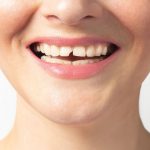When Do Kids Start Losing Teeth? A Guide to Your Child’s Dental Milestones
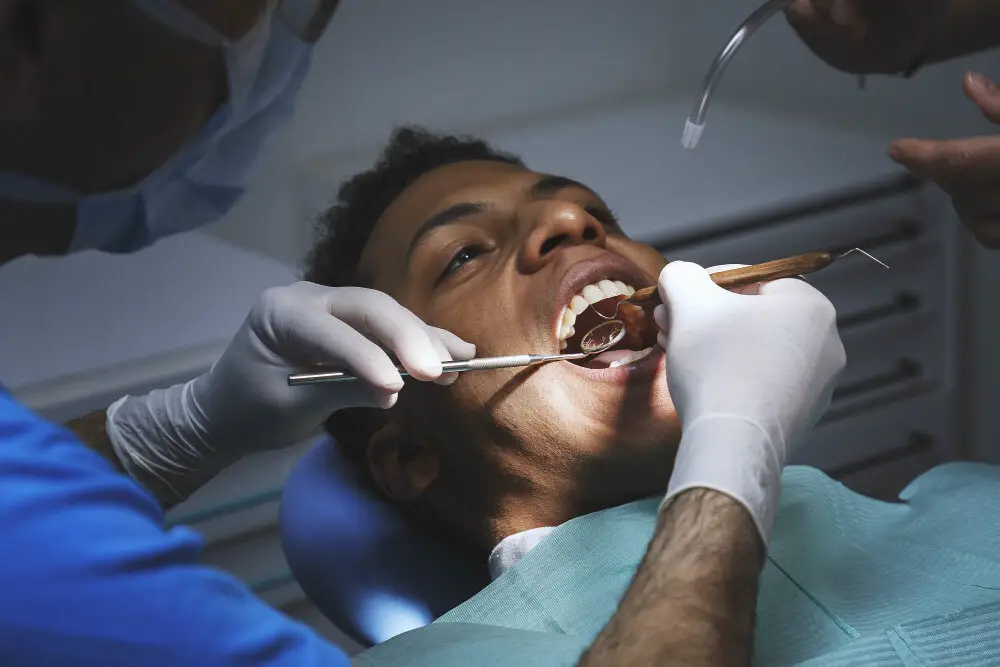
As parents, we all want to know when our child will reach certain developmental milestones, and one of the most exciting ones is losing their baby teeth. This process is a natural part of growing up, but it can be a bit confusing for parents who may not be sure when to expect it. In this guide, we’ll take a closer look at when kids start losing teeth, what to expect during this phase, and how you can help your child through it. The process of losing baby teeth, also known as exfoliation, typically begins around the age of six. At this point, the roots of the baby teeth begin to dissolve, allowing them to become loose and eventually fall out. This process is entirely normal and usually painless, but it can be a bit scary for kids who may not be sure what’s happening. As a parent, it’s essential to be prepared for this phase and to help your child understand what to expect. With a little bit of knowledge and patience, you can guide your child through this exciting milestone and help them maintain a healthy smile as they grow up.
Dental milestones for children are critical because they help parents and caregivers monitor their child’s growth and development. It’s important to know when your child’s teeth are erupting, when they are supposed to fall out, and if they are developing properly. Early identification of dental issues can prevent more serious problems later on. Additionally, dental milestones are an excellent opportunity to teach children about oral hygiene and establish good dental habits. By monitoring and celebrating these milestones, parents play a crucial role in ensuring their child’s overall health and well-being.
Primary Teeth Development

Primary teeth development is an essential milestone in a child’s dental health journey. Also known as baby teeth, primary teeth start to develop in the womb and typically begin to emerge between the ages of six months to one year. The development of primary teeth is a crucial part of a child’s growth and development because they play a vital role in speech development, chewing, and even the alignment of permanent teeth. The process of primary teeth development is exciting for both parents and children, as each tooth marks a significant step in the child’s dental journey. The primary teeth development process consists of 20 teeth, ten on the upper jaw and ten on the lower jaw. The first teeth to emerge are typically the lower front teeth, followed by the upper front teeth. As the child grows and develops, the remaining primary teeth will emerge, including molars and canines. The process of primary teeth development is gradual and typically lasts until the age of three. During this time, parents must ensure that their child’s teeth are correctly cared for, including regular brushing and dental checkups. Caring for primary teeth is crucial because it sets the foundation for proper dental health and hygiene habits that will continue into adulthood.
Primary teeth, also known as baby teeth, are the first set of teeth that children develop. They typically begin to appear between 6 and 10 months of age, although some children may start teething earlier or later. The first teeth to emerge are usually the lower central incisors, followed by the upper central incisors. Over the next few years, the remaining primary teeth will come in, with most children having a full set of 20 primary teeth by the age of 3. While these teeth may be temporary, they play an important role in a child’s overall health and development, helping with speech, chewing, and maintaining space for permanent teeth to come in later.
Primary teeth, commonly known as baby teeth, are the first set of teeth that emerge in children. Typically, children have 20 primary teeth, which begin to appear around six months of age. The process of primary teeth eruption is usually completed by the age of three. These teeth are essential for the development of speech and chewing skills. As children grow, their primary teeth begin to loosen and eventually fall out, making way for permanent teeth. The loss of primary teeth is a natural part of the child’s dental development and is a sign that their permanent teeth are ready to emerge. It is important to keep a close eye on your child’s dental milestones to ensure healthy oral development.
Primary teeth, also known as baby teeth, play a crucial role in oral health. They act as placeholders for the permanent teeth that will eventually take their place and help children develop proper speech and chewing abilities. Additionally, they aid in facial development and help maintain the space required for the permanent teeth to erupt in their correct position. Neglecting primary teeth can lead to cavities and other dental problems that can affect the development and health of permanent teeth. Therefore, it is essential to ensure that children practice good oral hygiene habits and have regular dental check-ups to maintain healthy primary teeth.
The Process of Losing Teeth
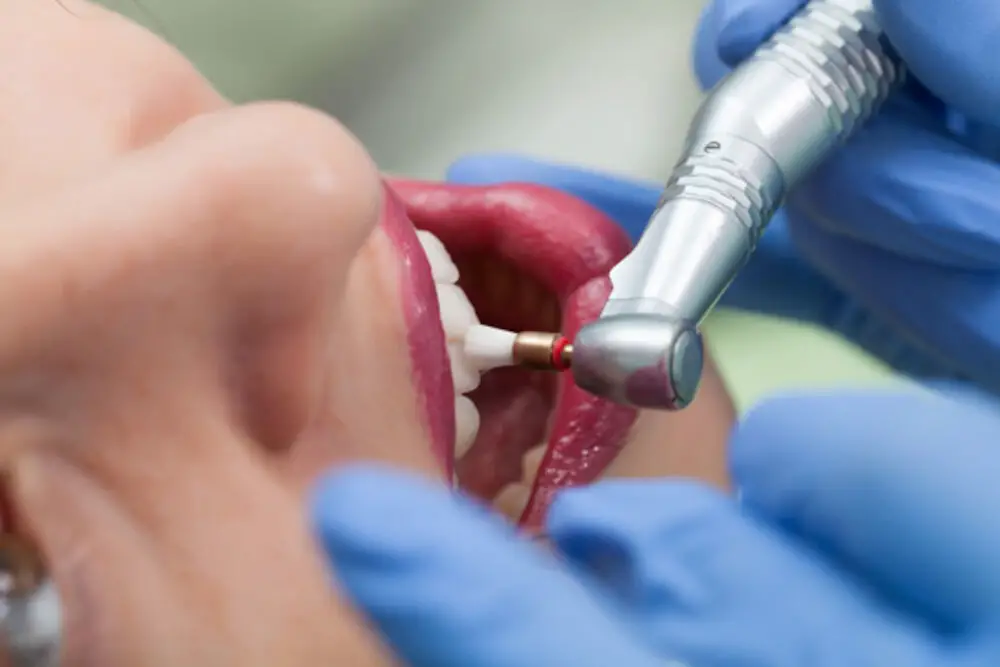
The process of losing teeth is a natural and normal part of a child’s development. It typically begins around the age of six or seven when the first set of baby teeth start to loosen and fall out. This process continues until the age of 12 or 13 when all of the baby teeth have been replaced by permanent teeth. The process of losing teeth can be an exciting and sometimes scary time for children, as they experience new sensations in their mouths and may feel self-conscious about their changing appearance. During the process of losing teeth, the roots of the baby teeth dissolve, allowing them to become loose and eventually fall out. This makes room for the permanent teeth to come in and grow. The permanent teeth usually start to grow behind the baby teeth and then gradually move forward, pushing the baby teeth out of the way. It is important for children to take good care of their teeth during this time, as the new permanent teeth need to be kept healthy and strong for a lifetime of use. Parents can help their children by encouraging good dental hygiene habits, such as brushing and flossing regularly, and taking them to regular dental check-ups to ensure that their teeth are growing in properly.
The process of losing primary teeth is a natural part of a child’s dental development. Typically, children start losing their primary teeth between the ages of 6 and 12. This period is known as the mixed dentition stage, where permanent teeth begin to emerge as primary teeth fall out. The first teeth to fall out are usually the lower front teeth, followed by the upper front teeth. The molars, located at the back of the mouth, are the last to go. The entire process of losing primary teeth can take several years to complete. It’s essential to monitor your child’s dental development and visit a dentist regularly to ensure that these changes are occurring as they should.
The process of teeth loss, also known as exfoliation, is a natural part of dental development. As children grow, their jaws and facial structures change, which causes their primary teeth to become loose and fall out. This happens because the roots of the baby teeth are gradually resorbed by the body, making way for the permanent teeth to come in. Typically, the lower front teeth are the first to go, followed by the upper front teeth and then the molars. Children usually start losing their teeth around the age of six or seven, and by the time they are 12 or 13 years old, they will have all of their permanent teeth. It is important to encourage good oral hygiene habits early on to ensure that children’s teeth and gums stay healthy throughout this process.
Losing teeth is a natural process that every child goes through, but it can be uncomfortable and even scary for some children. As a parent, there are several things you can do to help your child manage the discomfort associated with losing teeth. One of the most important things you can do is to provide your child with plenty of healthy, crunchy foods to help loosen their teeth. You can also encourage them to wiggle their teeth gently with their tongue or fingers to help speed up the process. Additionally, you can provide your child with a soft-bristled toothbrush to help ease any discomfort and ensure that they continue to maintain good oral hygiene habits during this time. Finally, be sure to offer plenty of comfort and reassurance to your child, letting them know that losing teeth is a normal part of growing up and that it will not last forever.
Permanent Teeth Development

The development of permanent teeth is a crucial milestone in a child’s dental journey. It generally begins around the age of six or seven when the first set of molars erupts. This is followed by the eruption of the incisors, canines, and premolars. The process of permanent teeth development lasts until the late teenage years, when the third molars, also known as wisdom teeth, appear. Unlike primary teeth, which are gradually replaced by permanent teeth, the latter are meant to last a lifetime, and it is therefore essential to take good care of them from a young age. Regular brushing and flossing, along with a healthy diet, are crucial in maintaining the health of permanent teeth. The eruption of permanent teeth can be a painful and uncomfortable process for some children, and parents can help ease the discomfort by providing them with soft food and pain relief medication if necessary. It is also important to schedule regular dental checkups to ensure that the permanent teeth are developing correctly and that any issues are identified and treated early on. By taking a proactive approach to dental health, parents can help their children maintain healthy, strong, and beautiful teeth for life.
As kids grow and develop, they experience many dental milestones, including the emergence of permanent teeth. Typically, permanent teeth begin to appear around age 6, when the first molars come in behind the primary teeth. Over the next few years, the incisors, canines, and premolars will also emerge, pushing out the primary teeth. By age 12 or 13, most kids have all of their permanent teeth except for the wisdom teeth, which typically emerge between ages 17 and 25. It’s important to maintain good dental hygiene during this time to ensure healthy permanent teeth for a lifetime.
Children typically have 32 permanent teeth, which replace the 20 baby teeth that they had previously. The process of losing baby teeth and growing permanent teeth usually starts around the age of 6 and continues until the age of 12 or 13. The first permanent teeth to come in are the molars, which are located at the back of the mouth. These are followed by the front teeth, which are known as incisors. The canine teeth and premolars come in last. It’s important to note that the timing of when permanent teeth come in can vary from child to child, but most children will have all of their permanent teeth by the time they reach their teenage years.
Taking care of permanent teeth is crucial for maintaining good oral health throughout a person’s lifetime. Permanent teeth are designed to last a lifetime, but poor oral hygiene, unhealthy eating habits, and other factors can damage them and lead to tooth decay, gum disease, and other dental problems. It is essential to establish good dental hygiene habits early on, such as brushing and flossing regularly, eating a balanced diet, and visiting the dentist regularly. Neglecting proper dental care can lead to painful and costly dental procedures, which can be prevented by taking care of permanent teeth from a young age. Ultimately, good dental hygiene habits can help ensure a healthy smile for life.
Monitoring Your Child’s Dental Health
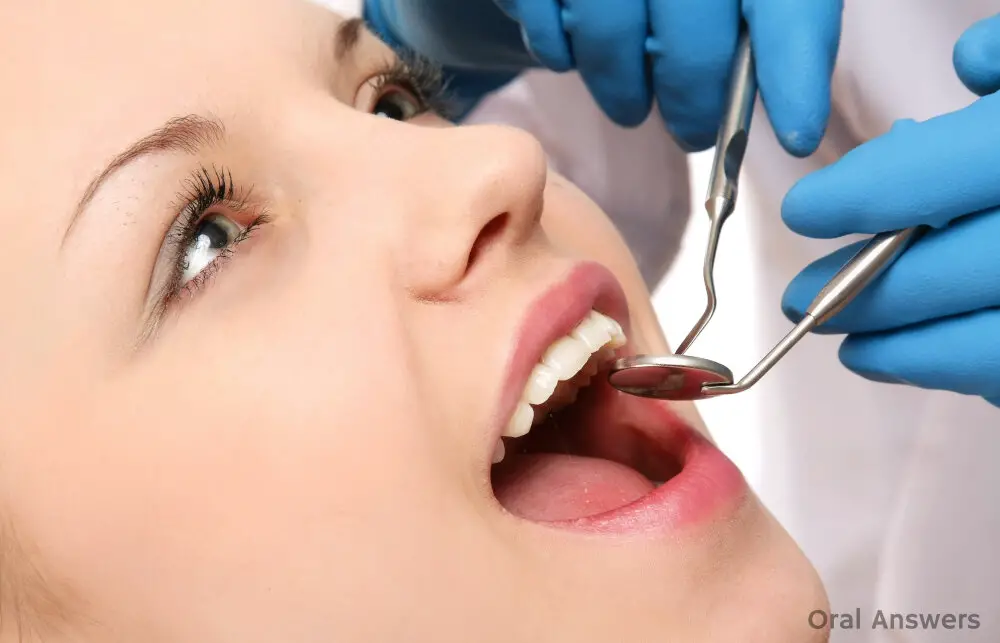
Monitoring your child’s dental health is a crucial aspect of their overall wellbeing. As a parent or caregiver, it is essential to ensure that your child maintains good oral hygiene practices and receives routine dental check-ups. Establishing good dental habits early on in your child’s life can lead to a lifetime of healthy teeth and gums. Encourage your child to brush their teeth twice a day and floss regularly to help prevent cavities and gum disease. Limiting sugary drinks and snacks can also help keep your child’s teeth healthy. Regular dental check-ups can help detect any potential problems early on and prevent them from becoming more severe. It is important to start monitoring your child’s dental health as soon as their first tooth appears. This typically happens around six months of age, and it is recommended to schedule their first dental appointment within six months of their first tooth appearing. As your child grows, their dental milestones will vary, and it is important to stay on top of their dental health through regular check-ups and cleanings. Children typically start losing their baby teeth around the age of six, and permanent teeth will begin to erupt shortly after. Ensuring that your child maintains good oral hygiene practices during this transitional period can help prevent any potential problems with their permanent teeth. By monitoring your child’s dental health and establishing good dental habits early on, you can help set them up for a lifetime of healthy teeth and gums.
Regular dental checkups are crucial for children’s overall health and well-being. Dental visits allow dentists to identify potential dental issues early on and prevent them from becoming severe problems. Moreover, routine cleanings can help remove plaque buildup and prevent tooth decay, which can lead to painful cavities. Dental professionals can also provide parents with valuable information on proper oral hygiene practices for their children, including brushing and flossing techniques, and suggest ways to improve their diet to promote healthy teeth and gums. By scheduling regular dental checkups for their children, parents can help ensure that their kids have a healthy and confident smile that lasts a lifetime.
As a parent, it’s important to be aware of the signs that your child may have dental problems. One of the most common signs is tooth pain or sensitivity, which can be caused by cavities or other issues. You may also notice that your child has bad breath, swollen or bleeding gums, or loose teeth. Additionally, if your child is complaining of headaches or jaw pain, it could be a sign of a dental problem. Regular dental check-ups are crucial in catching and addressing any potential issues early on, so be sure to schedule appointments with your child’s dentist as recommended. By staying vigilant and proactive about your child’s dental health, you can help ensure they have a healthy and happy smile for years to come.
Promoting good oral hygiene in children is crucial for maintaining healthy teeth and gums. Start by introducing dental care early on in a child’s life, such as wiping their gums with a clean cloth after feedings. As they grow, teach them how to brush their teeth properly and make it a habit to brush twice a day. Encourage healthy eating habits by limiting sugary snacks and drinks, which can lead to cavities. Regular dental checkups should also be a part of their routine, so they can have any issues addressed early on. Make dental care a fun and positive experience for children by using colorful toothbrushes, flavored toothpaste, and praising them for their efforts in taking care of their teeth.
In summary, the process of losing baby teeth, also known as primary teeth, is a natural and expected milestone in a child’s dental development. It usually begins around the age of six and continues until the age of twelve or thirteen. The order and timing of tooth loss may vary from child to child, but typically the lower front teeth are the first to go, followed by the upper front teeth. It’s important for parents to encourage good oral hygiene habits from an early age, such as regular brushing and flossing, to ensure that their child’s adult teeth come in healthy and strong. Regular dental checkups can also help identify any potential issues and ensure that children are on track with their dental milestones.
As parents, we often overlook the importance of our child’s dental health. We tend to focus on their physical and mental well-being, but we forget that dental health is also a crucial aspect of their overall health. It is important to understand that dental problems can lead to severe health issues later in life, including heart disease and diabetes. Therefore, it is imperative that we prioritize our child’s dental health from an early age. This can be achieved by scheduling regular dental check-ups, encouraging good oral hygiene habits at home, and limiting sugary snacks and drinks. By taking these simple steps, we can ensure that our children have healthy teeth and gums that will serve them well throughout their lives.
Conclusion
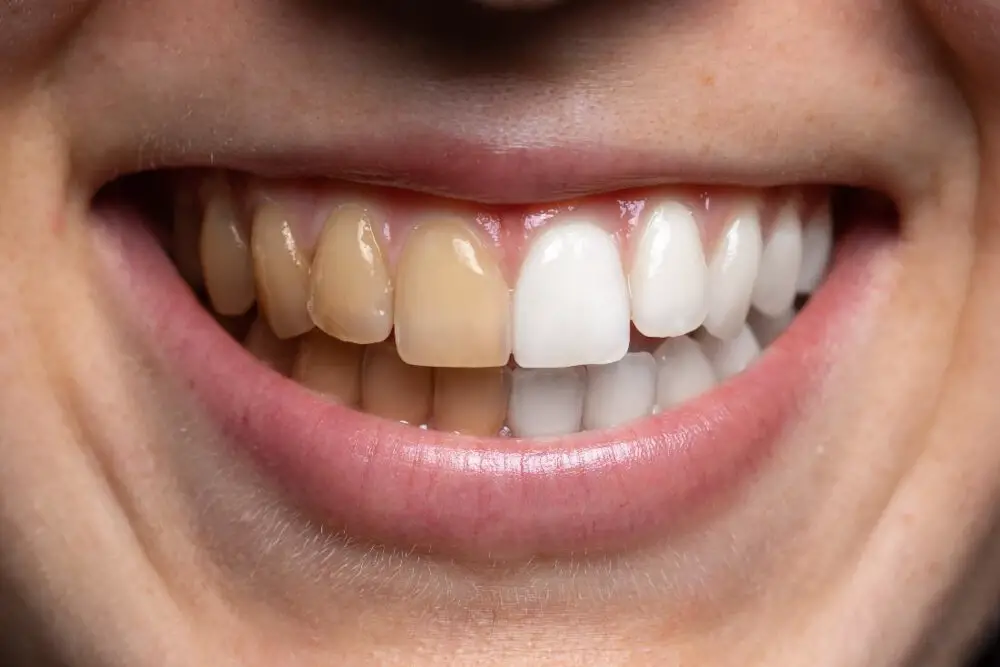
In conclusion, understanding your child’s dental milestones can be a crucial step in ensuring their overall oral health and development. Losing teeth is a natural and exciting part of growing up, and the timing of this process can vary from child to child. However, by being aware of the signs and symptoms of tooth loss, parents can help their children feel more comfortable during this transition. It is also important to maintain good oral hygiene practices throughout this process to ensure the health and well-being of your child’s teeth. So, if you have a curious and inquisitive little one who’s starting to lose their baby teeth, don’t fret! With the right knowledge and care, your child can navigate this exciting milestone with ease.






